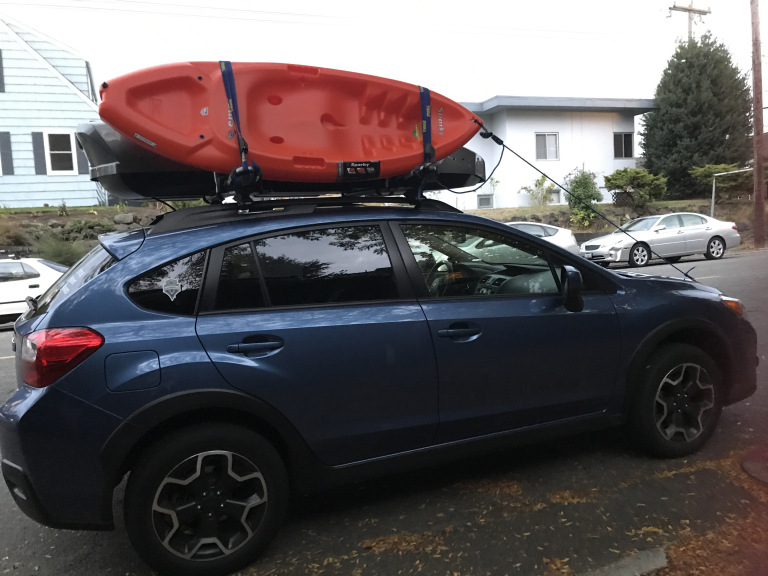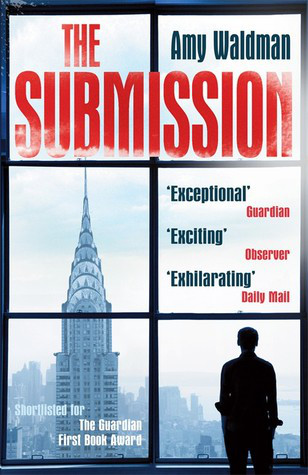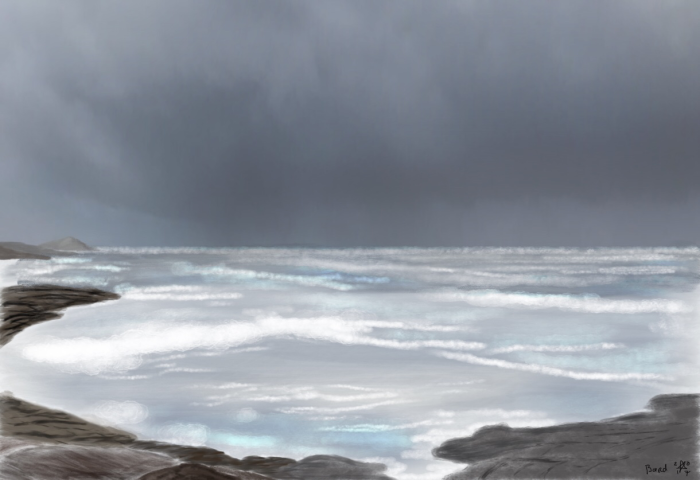Download links for: Blank Spots on the Map: The Dark Geography of the Pentagon's Secret World


Reviews (see all)
Write review
$40 BILLION annually for "nonexistent" projects?! Makes CEOs look honest.
Sadly, this is more style than substance.
Pretty good, not what I was looking for.
Fascinating but frightening.
Other books by History & Biography
Related articles












